Faster Than the Speed of Light. La constancia de la velocidad de la luz es una de los principios más fundamentales de la física, que ha resistido una y otra vez la comprobación experimental. Por tanto, ¿por qué un joven físico en la treintena iba a arriesgar toda su carrera proponiendo la idea de que la luz ha ido reduciendo su velocidad con la expansión del universo. ¿Se equivocaba Einstein?
En este caso, no parece tratarse de una novela sino un cruce entre libro de divulgación, de una idea ciertamente especulativa, y el libro de memorias. Especialmente interesante, la visión que ofrece del mecanismo de la ciencia y la vida académica.
De la contraportada:
Destined to be one of the most hotly debated books of the year-the fascinating story of how one brilliant young physicist’s heretical idea may dethrone Einstein and forever change the way we see the universe.
Say the word «light» in the context of physics, and most of us repeat the mantra: Nothing travels faster than the speed of light. Indeed, nothing does. But light is thought to have another amazing property, which Einstein enshrined in his Theory of Special Relativity: light travels at one speed and one speed only-it is one of nature’s constants. This idea is considered sacred. It’s one of the foundations of modern physics. But what if it’s wrong?
In Faster Than the Speed of Light, Cambridge University-trained theoretical physicist João Magueijo puts forth an extraordinary speculation: light traveled faster in the early universe than it does today.
Why would anyone in his early thirties, with every sign of a golden career ahead of him, risk his reputation and scientific standing on a seemingly crazy idea that contradicts Albert Einstein? As Magueijo shows in this masterful book, his theory of the varying speed of light (VSL) solves some of the most intractable problems in cosmology-specifically the flatness problem, the horizon problem, and the energy of space itself. In addition, the VSL theory could have truly marvelous implications for faster space travel, black holes, time dilation, and string theory.
The story of one man’s quest to decipher the true nature of the universe, Faster Than the Speed of Light provides the first real glimpse of twenty-first-century physics-and promises stranger things to come.
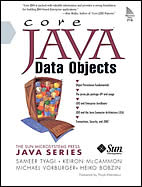 Mañana, en la Coruña, hablaré de Hibernate, una herramienta de persistencia relacional para Java. Pero por muy bueno que sea Hibernate y por mucho código abierto que sea, seguimos hablando de un API propietario. Parece que el futuro se orientará más hacia unas especificaciones estándar como JDO. Es decir, que es hora de empezar a mirárselo, y Core Java Data Objects de Sameer Tyagi, Keiron McCammon, Michael Vorburger y Heiko Bobzin.
Mañana, en la Coruña, hablaré de Hibernate, una herramienta de persistencia relacional para Java. Pero por muy bueno que sea Hibernate y por mucho código abierto que sea, seguimos hablando de un API propietario. Parece que el futuro se orientará más hacia unas especificaciones estándar como JDO. Es decir, que es hora de empezar a mirárselo, y Core Java Data Objects de Sameer Tyagi, Keiron McCammon, Michael Vorburger y Heiko Bobzin.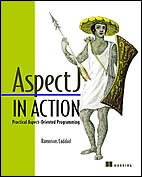 Me interesa muchísimo la programación orientada a aspectos. Al principio, la idea suena un poco rara, pero cuando la entiendes, empiezas a verle muchas posibilidades. Luego, claro, está el problema de las distintas formas de llevarla a la práctica en un lenguaje que, como Java, no tiene soporte natural para aspectos. AspectJ in Action. Practical Aspect-Oriented Programming de Ramnivas Laddad introduce la que posiblemente la alternativa más popular:
Me interesa muchísimo la programación orientada a aspectos. Al principio, la idea suena un poco rara, pero cuando la entiendes, empiezas a verle muchas posibilidades. Luego, claro, está el problema de las distintas formas de llevarla a la práctica en un lenguaje que, como Java, no tiene soporte natural para aspectos. AspectJ in Action. Practical Aspect-Oriented Programming de Ramnivas Laddad introduce la que posiblemente la alternativa más popular: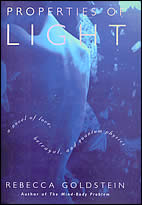 Properties of Light
Properties of Light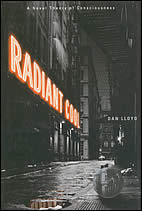 Radiant Cool
Radiant Cool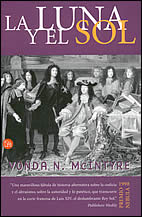 Disfruté mucho traduciendo
Disfruté mucho traduciendo